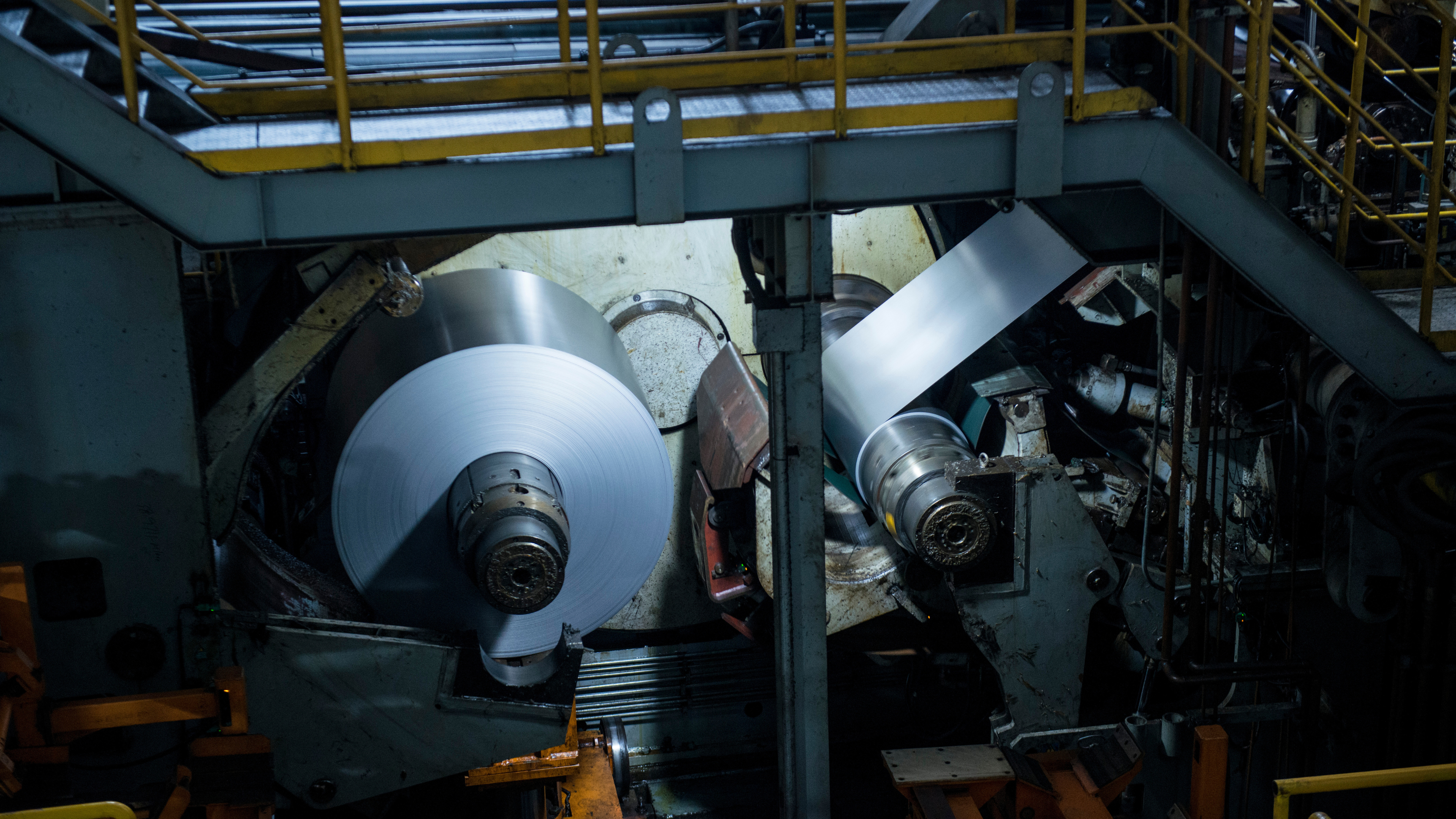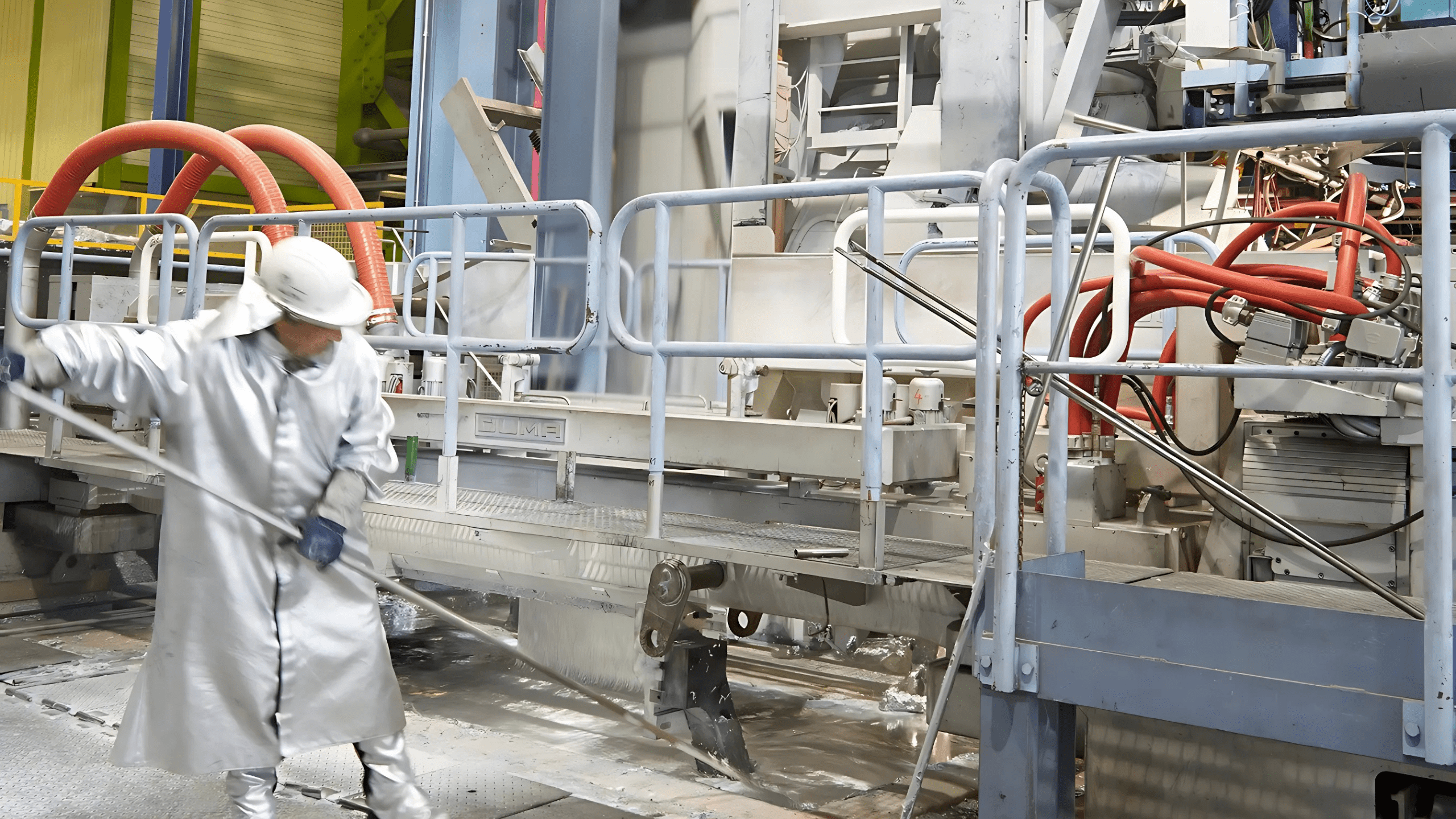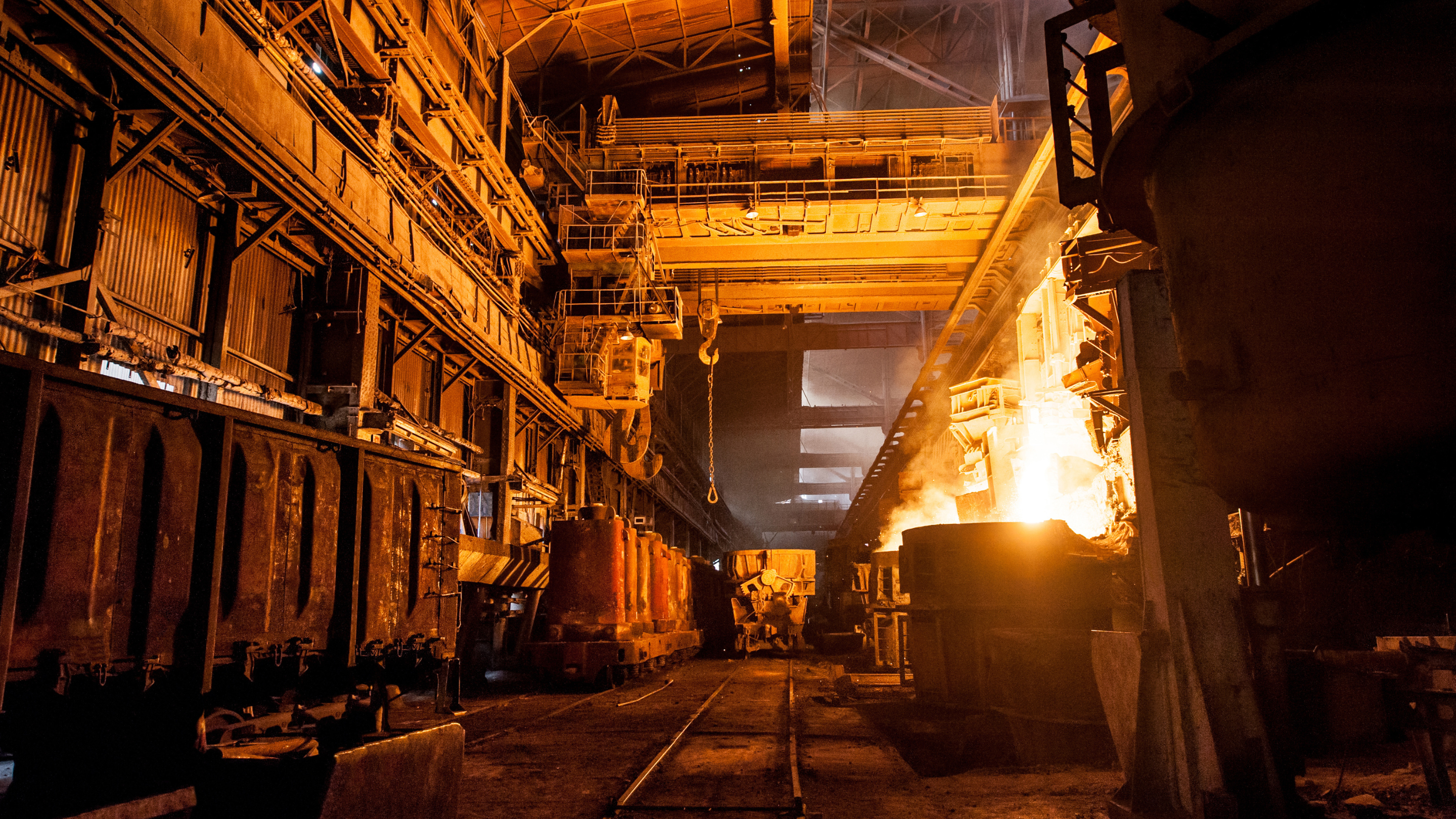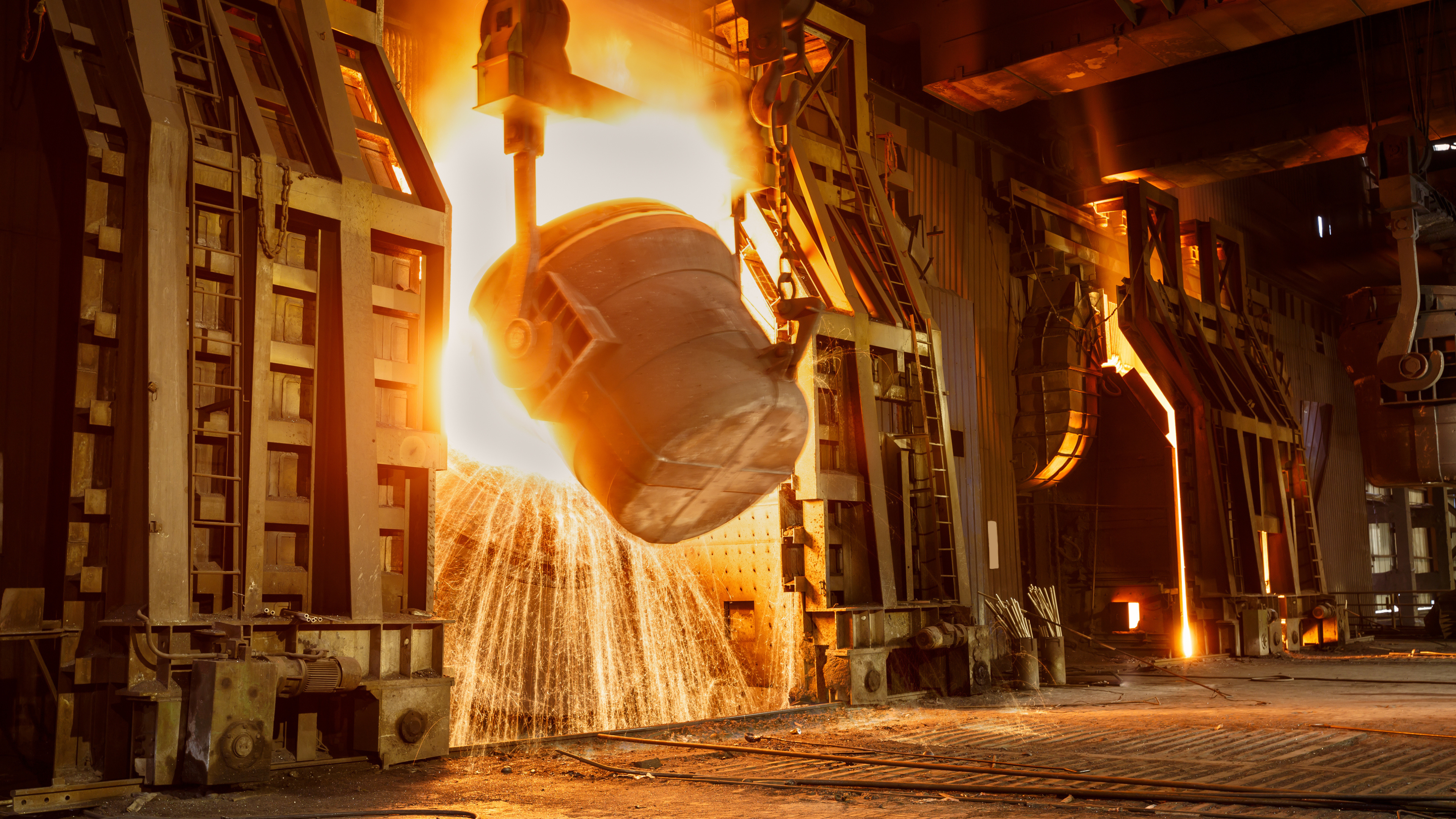Key Takeaways
- Process Optimisation – Addressing inconsistencies in pickling improved overall efficiency and steel quality.
- Chemical Control – Regulating chloride levels and stabilising HCl, iron, and pH prevented over-pickling.
- Temperature Management – Better control reduced material inconsistencies before cold rolling.
- Quality Tracking & Training – Implementing staff training and monitoring improved process consistency.
- Significant Impact – Achieved a 50% reduction in pickling-related coil breakages, cutting defects and costs.
Reduction in Coil Breakages by optimising the pickling process and stabilising chemical composition, we reduced surface defects and coil breakages by 50%, significantly improving product quality and operational efficiency.
Overview
A cold rolling mill in Southeast Asia faced issues with the pickling process, a critical step between hot rolling and cold rolling. Inconsistent performance led to suboptimal pickling, resulting in surface defects like mill scale and staining, which affected product quality and operational costs due to rework and scrap.
Challenge
The primary challenges were to optimise the process to ensure consistent and thorough pickling of the steel surface, minimising defects, and improve overall process efficiency, including acid consumption —all without incurring significant capital investment.
Solution
- Conducted a detailed analysis of pickling line operations to address inconsistencies causing surface defects.
- Proposed a target composition for the baths based on European steel plant benchmarks and implemented solutions to maintain chloride levels below 4 ppm/m³ through regulated injections of clean water and fresh HCl.
- Trained staff on new procedures and introduced a quality tracker to monitor steel conditions before and after pickling.
Results
- Enhanced Pickling Consistency: Addressed inconsistent pickling performance, which caused stoppages due to surface quality defects. Process adjustments reduced deviation in pickling parameters from over 25% to a maximum of 10%, ensuring a stable pickling process.
- Optimised Chemical Composition pickling reservoir: Discovered elevated iron levels and low pH in the HCl acid bath, leading to over-pickling. Set target compositions for the acid and rinse tanks and maintained chloride content below 4 ppm/m³, stabilising HCl, iron, and pH levels with regular monitoring.
- Temperature Control: Identified and corrected temperature fluctuations in the pickling bath, further enhancing the process efficiency and quality by reducing material inconsistencies prior to the cold rolling process.
- Outcome: Reduction in coil breakages and Pickling-related defects. Previously the second-highest cause of steel breakages in the cold mill related to pickling issues and accounted for about 25% of total breakages (170 per quarter). After process optimisation, breakages linked to pickling decreased by 50%, from 170 to 87 per quarter.









